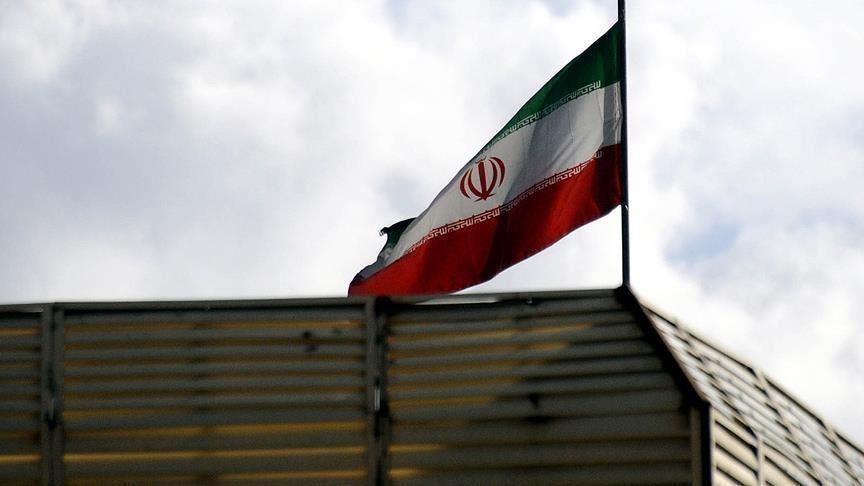China’s Uighur autonomous region to run 400 Europe-bound trains in 2017
URUMQI

AFP photo
Northwest China’s Xinjiang Uighur autonomous region will run more westbound trains on China-Europe routes in 2017 to boost exports, Xinhua reported on Jan. 6.This has been the latest big move by China to step up its efforts in boosting cross-border railway services.
A total of 223 westbound trains carrying construction materials, agricultural produce, garments and other merchandise traveled via nine cross-border routes linking Xinjiang to Central Asian countries in 2016, said Hu Kaijiang, director of the Xinjiang Economic and Information Commission, as quoted by the news agency.
Xinjiang also partnered with eight provinces and municipalities last year to broaden its logistics network to better serve China’s Belt and Road Initiative.
This year, Xinjiang is striving to expand operations to run 400 westbound cross-border trains to facilitate exports of technology and equipment and seek new growth opportunities, Hu said.
Xinjiang is at the center of the Silk Road Economic Belt. Its border stretches 5,600 kilometers, separating China from eight other countries and making it a transport hub connecting the country to Europe.
China has also launched its first freight train service to London from Yiwu, a famed wholesale market town in the eastern province of Zhejiang, the Xinhua news agency reported on Jan. 3.
The train will travel for 18 days over more than 12,000 km to reach Britain from China, Xinhua said.
It will pass through Kazakhstan, Russia, Belarus, Poland, Germany, Belgium and France before arriving in London.
China also launched its longest high-speed train service, from Kunming, capital of southwest China’s Yunnan Province, to Beijing.
The train, named “Shangri-la of the World,” left Kunming at 11:05 a.m. on a 2,760-km trip to Beijing, which takes about 13 hours. The train’s name highlights the world-famous resort in Yunnan’s Shangri-la, a name which first appeared in British novelist James Hilton’s “Lost Horizon.”
















